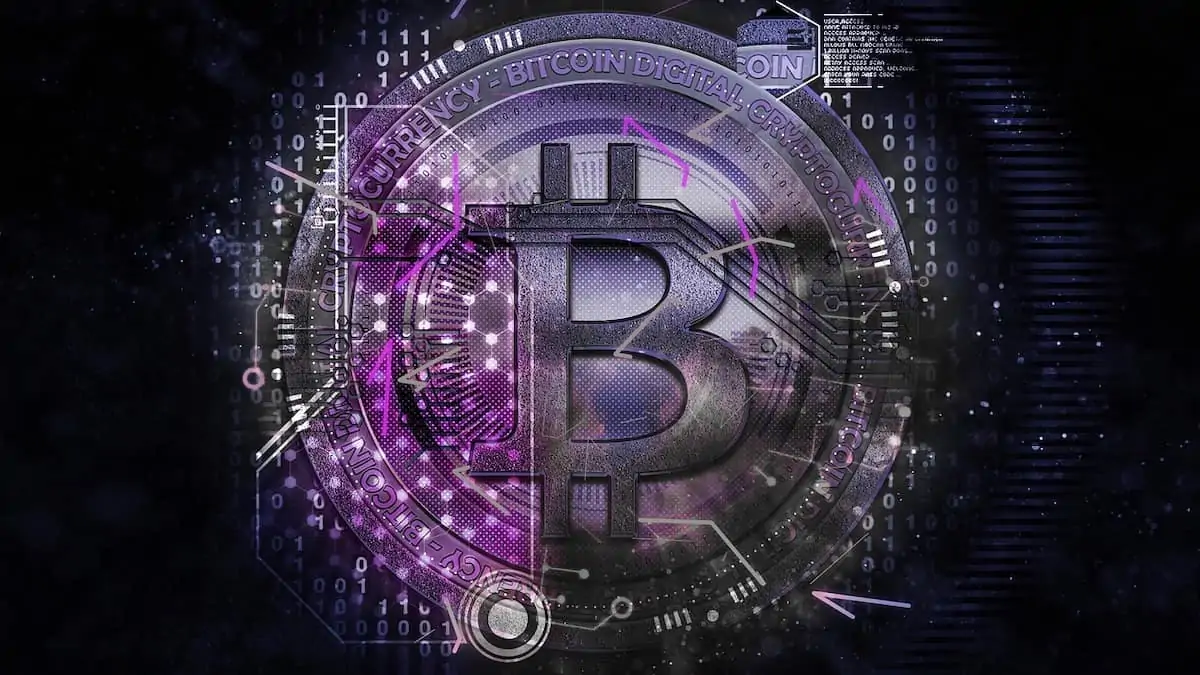The consistency and reliability of current implementations have improved considerably concerning the first version of their applications. Bitcoin technology innovations have been able to attract a legion of developers to spend thousands of hours improving and upgrading much of its underlying codebase quickly and organically.
There are a set of rules that define the monetary policy of bitcoin, such as hard-coded supply and algorithmic inflation. Again and again, groups tried to change those fundamental assets, but all aggressive acquisitions have failed.
If you want to invest in bitcoin Click here.
Smart Contracts
A variety of projects also seek to securely and responsibly return expressive intelligent contract features to Bitcoin. This is a significant development since many of Bitcoin’s original opcodes were deleted from the protocol from 2010 (operations that decide what Bitcoin can calculate). This was after several awful bugs that prompted Satoshi to deactivate some features of Script, the language of Bitcoin’s programming.
Over the years, it was apparent that non-trivial safety risks accompany the highly expressionist intelligent contract functionality. The general rule is that the more functions on a virtual machine are implemented (the joint checking mechanism for processing opcodes), the more volatile its programs are. However, we have recently seen new approaches to Bitcoin’s intelligent contract design that can mitigate unpredictability and offer vast features as well.
Adoption as Payment
Digital currency, as discussed above, has become a viable exchange instrument. In 2010, BTC was used as payment for pizza as the first real-life transaction. In recent times, several companies have indicated that they support BTC’s goods and services in exchange.
BTC and Bitcoin Cash (the former altcoin) can now be purchased, selling and stored by users on their accounts. As a leading Fintech firm, PayPal is sure to pave the way for more people to believe and use crypto-currency.
Conversion to a Secure Haven
As a viable medium of exchange, many people begin to consider BTC. Numerous applications and digital wallets have now been created for the safe storage of this coin. The cryptocurrency is often seen in the ranks of precious metals and stocks as a haven commodity. While BTC’s prices were relatively volatile, their values have stabilized somewhat since last year.
The assets are average in volatile times, mainly as their value relies heavily on traders and investors’ perceptions and attitudes. However, since the cryptocurrency has surmounted this step, you may leave it to your children and their children as a long-term store of value. Moreover, as BTC is growing, this digital asset is expected to become more attractive and more valuable in the future.
Privacy
After our story on the signatures of Schnorr, some privacy defenders were outraged that enough privacy in Bitcoin could at some point in time be optionally obtained. Although this idea can challenge the long-term valuation proposal for privacy properties, several new protocols can improve Bitcoin’s privacy. Although Bitcoin privacy may continue to be more an art than a science, fascinating advances are worth highlighting on this front.
Because most solutions are half-baked, it is important to emphasize before we examine specific privacy developments. Privacy assets focused on the privacy of transaction graphs frequently ignore the network’s privacy and vice versa. Both vectors lack sophistication and use, making it easier to anonymize transactions by statistical traceability analysis on the P2P network layer or blockchain layer.
Private Keys
Private keys are data pieces used to sign transactions relating to the transfer of coins between users. These keys are secret and provide the owner’s wallet with mathematical proof. They also offer signatures to ensure transaction protection and to avoid changes after the transaction has been processed.
Mining
Some exciting developments have also been made in mining protocols, especially in those used by mining pool members. Although the centralization of Bitcoin mining is often wildly overridden, power structures can indeed be further decentralized by mining pond operators. Pool managers will determine which transactions all pool constituents can undermine and which will give them significant control.
Without the consent of the component, some operators have over time exploited this power by censoring trading, empty mining blocks, and reassigning hatching output to other networks.
Fortunately, some inventions want to reverse the power system. Stratum V2 is a full redesign implementing the secondary protocol BetterHash, which allows mining pool constituents to determine how the block they mine is composed, and not the opposite. Stratum V2 also incorporates multiple optimizations and provides more robust communication and coordination between the components of the mining pool.
Conclusion
The benefits of Bitcoin as a means of payment have become more and more evident. After all, if you pass funds to another individual, you can save money by skipping heavy bank charges. Now, the trend has moved to maximize BTC as a long-term store of value and view it as a trading medium and as an investment.

